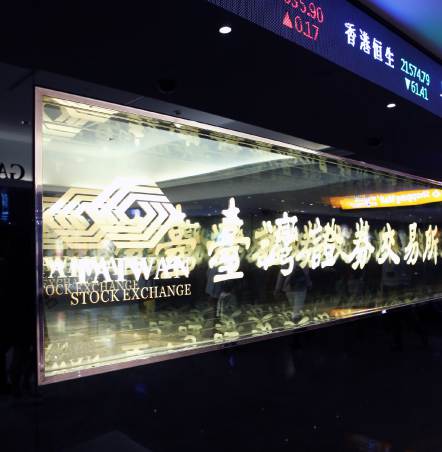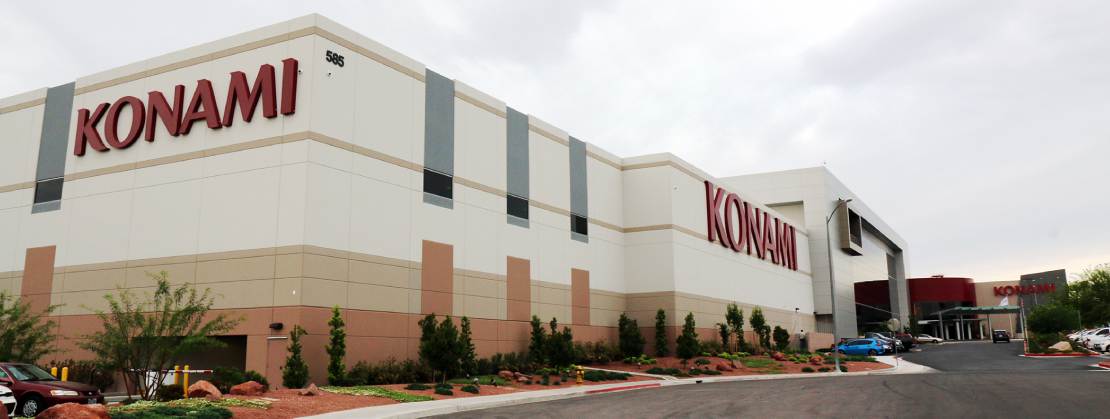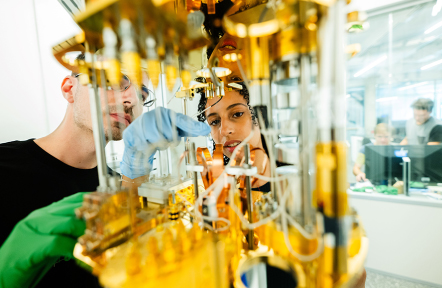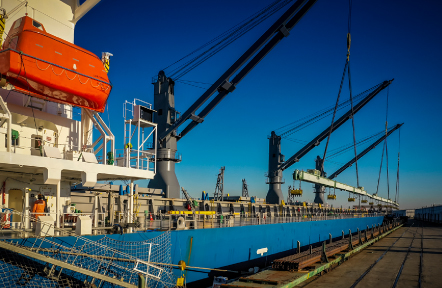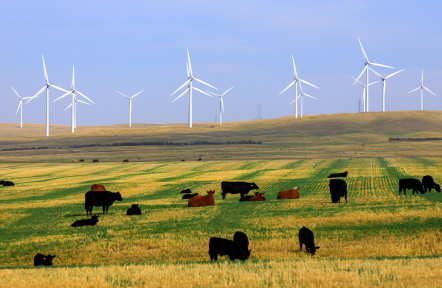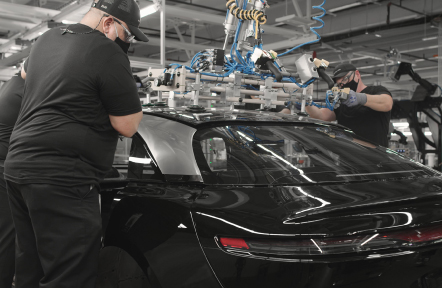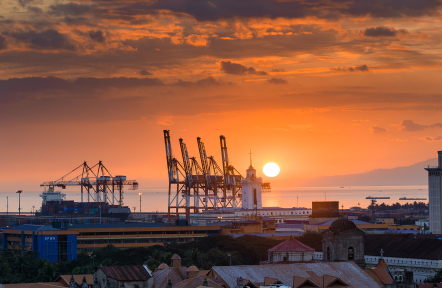Given Ecuador’s geography and topography, water is an abundant resource waiting to be tapped and power its ambition of economic growth. Aside from having a large number of rivers, which includes a portion of the Amazon, Ecuador also has the Andes mountains that acts as a valuable supply of freshwater.
“This unique geographic and topographic blend has enabled Ecuador to be an up and coming inter-regional freshwater supplier to her neighbors” said Cesar Jaramillo, the CEO of TCM Industrial, a distributor of downstream energy transmission equipment.

The Ecuadorian government has always been aware of the country’s potential to become a leading generator of power. Before Rafael Correa became president in 2007, Ecuador derived 60% of its electricity from thermal energy. Between the recovery of the oil sector in 2000 and the glut in oil prices in Ecuador, Correa gradually shifted supply to hydroelectric power with the construction of more dams and reservoirs.
After a decade of Correa’s administration and two years into President Lenin Moreno’s leadership, Ecuador has become more open to foreign investment in the hydroelectric sector.
“The new president, Lenin Moreno, is trying to undo the systemic corruption that has been put in place during the previous administration. This has also undoubtedly benefited mostly contractors from the People’s Republic of China,” Jaramillo said.
“Current power consumption in Ecuador stands at 5.5 gigawatts, whereas Ecuador’s capacity is at 7.5 gigawatts. Beginning in December of 2019, the national government will commence five more mega projects with the aim of being a net power generator in the region,” he added.
Ecuador’s Ministry of Energy and Non-renewable Resources has stated its commitment to promote hydroelectric projects in anticipation of growing demand in line with its objective to generate sufficient energy supply to bring about development.
As Japanese investment in Ecuador is not on the same level and depth as that in Brazil, Mexico, and Chile, President Moreno wants to change that balance. During a visit to Japan in 2018 to celebrate the centenary of diplomatic relations, he stated an open-door policy to Japanese investors who hopefully can improve his country’s energy infrastructure. While in Japan, the president also received a $70 million grant from the Japan International Cooperation Agency (JICA) for development projects.

